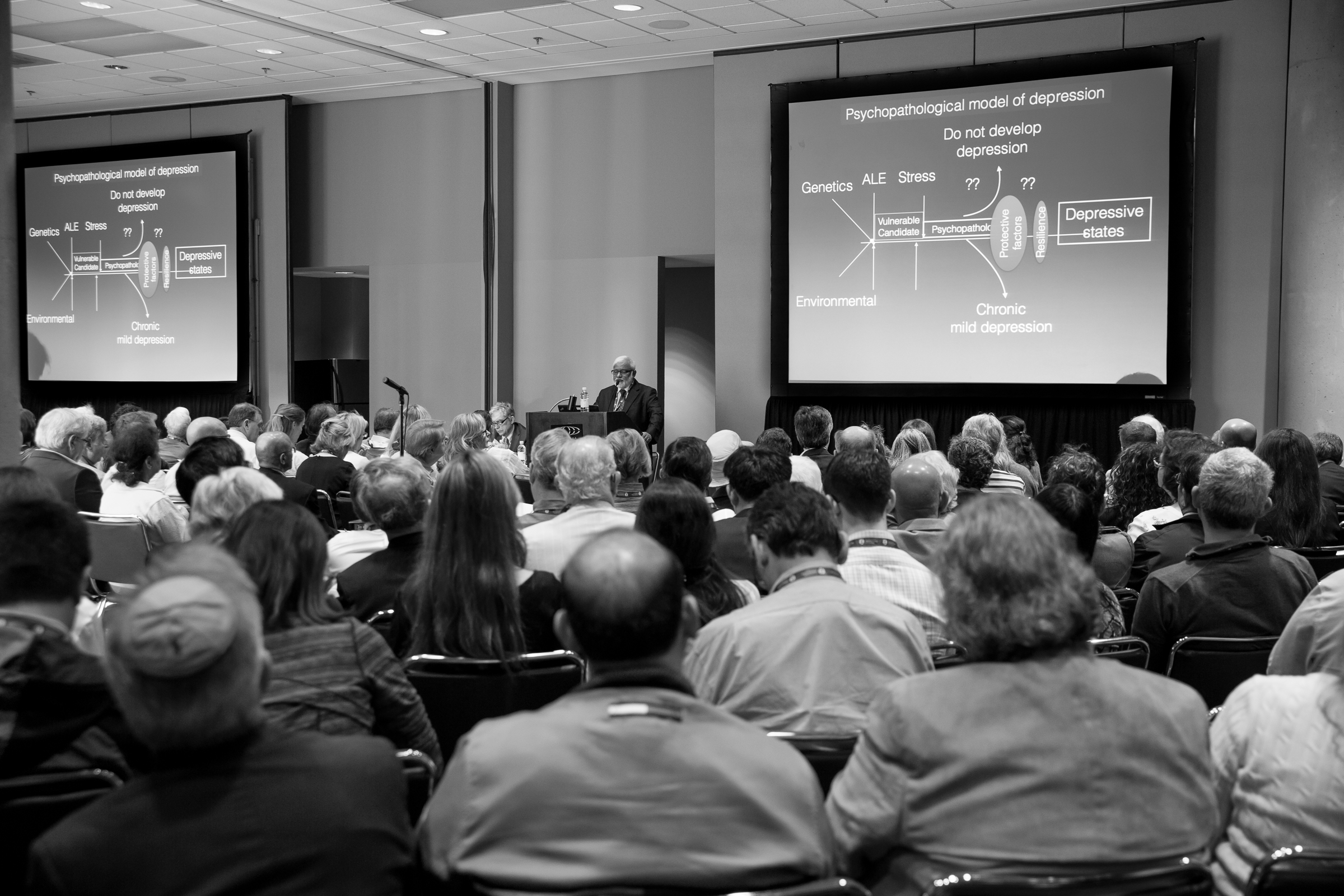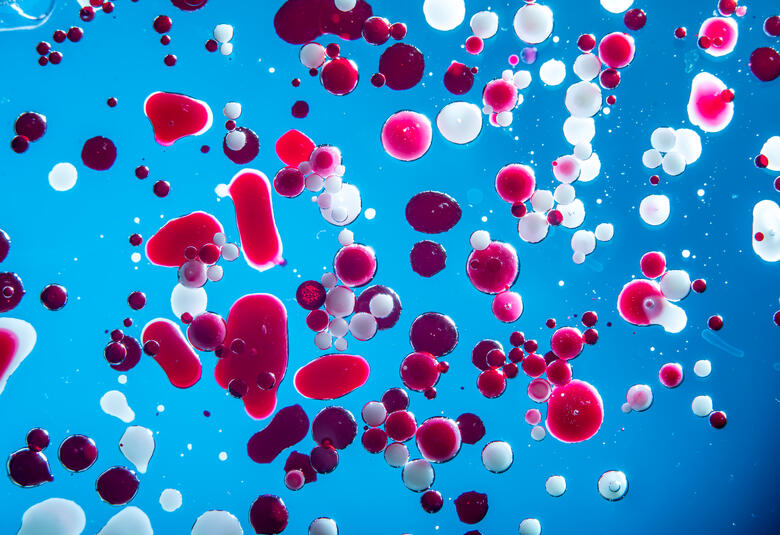
Part II of II: Down-regulation of dopamine systems - common link in comorbid depression and substance use disorder?
Anhedonia and negative-affect in both depression and substance use disorder may involve amygdala-dependent down-regulation of dopaminergic activity. We report the top-line findings of scientific studies implicating altered dopaminergic plasticity as a common feature in these frequently comorbid conditions.
Teasing out the neurobiology of psychiatric conditions is a painstaking endeavour that often requires both basic and clinical research. At an APA session organized by the US National Institute for Drug Abuse (NIDA), Professor
Anthony Grace, Professor of Neuroscience and of Psychiatry & Psychology at the University of Pittsburgh, turned the spotlight on animal studies that are helping to elucidate the role of the dopaminergic system within depression and substance dependence.
Reminding delegates of the importance of dopamine in the limbic system and reward circuitry, Professor Grace highlighted that control of dopaminergic neuronal activity - in terms of numbers of active neurones and frequency of neuronal firing - is controlled and altered by the opposing actions of glutamate and GABA. He described the normal pacemaker tone of dopaminergic activity, and how hyperactivity of dopaminergic neurones typically leads to compensatory, opposing cortical mechanisms mediated by other neurotransmitter systems designed to counteract that hyperactivity.
Data from clinical and animal studies exploring depression and substance use suggest that when these opposing cortical control mechanisms on dopaminergic activity are misaligned– this allows uncontrolled compensatory suppression of normal dopaminergic neuron responsiveness.
Area 25
Professor Grace described functional imaging studies that have shown an association between hyperactivity in ‘area 25’ in the human subcallosal cingulate and hyper excitability of the amygdala in patients with depression
He said that the equivalent “critical hub” in the rat – the rat’s own area 25 – is located in the infralimbic prefrontal cortex. Studies in animal models of depression indicate that activation of this prefrontal cortex region causes decreased dopaminergic activity, which can be reversed by inactivation of the basolateral amygdala. He said inescapabale distress leads to a down-regulation of dopaminergic activity, with the amygdala a key area in the control of these changes.
Amygdala controls
Professor Grace said animal studies support the concept that in depression there is hyperactivity in the infralimbic prefrontal cortex, which drives amygdala-dependent down-regulation of dopaminergic neuron responsivity, leading to anhedonia.
He also talked about the opponent process model – used to describe the drug abuse phenomenon – whereby initially excitatory responses are counteracted by opposing inhibitory responses. Once again he said animal studies looking at the effects of stimulants and agents with antidepressant activity indicate that changes in dopaminergic activity, under the control of the amygdala, appear to be important in withdrawal precipitated depression. After initial, short term activation of dopaminergic activity, there is longer-term, homeostatic reduction in dopmaninergic activity, again driven by the amgydala, consistent with the opponent process model concept of substance use disorder.
Professor Grace said there may be opportunities to tap into this amygdala-driven down-regulation of dopaminergic activity to better understand the effects of drugs and therapeutics in depression and substance use disorder.


